Inflation
Inflation and the “cost of living crisis” have been constant topics in the media over recent months. Dr Jim Chalmers has led a narrative that the current Government budget settings and focus on household expenses has been the correct path to reduce domestic inflation.
With federal and several state elections due to be held in the coming months, politicians have been calling on the central bank to start to cut interest rates to compliment budget subsidies and increased Government expenditure.
Dr Chalmers has cited global forces as a key driver of domestic inflation and watching Canada, European Central Bank, New Zealand Central Bank and the US Federal Reserve all commencing cutting cycles has him and his Government focussed on when the Reserve Bank of Australia (RBA) might commence a similar process.
Much to the chagrin of Dr Chalmers and other Labor politicians, Michelle Bullock the RBA Governor has held her ground explaining it is too early to make this sort of call stating that if there was to be a cut it is not likely until early 2025. In a recent speech she went further, explaining that the domestic inflation surge is largely a product of excess expenditure by Federal and State Governments.
This piece of home truth has led to some fractures in the relationship between the RBA and the Government. Dr Chalmers had a few more guarded comments, but the former treasurer Wayne Swan went on record with quite a spray of emotional language suggesting Ms Bullock was making the incorrect decision.
Where is inflation today and why is the Governor reluctant to suggest cuts anytime soon?
Inflation in Australia peaked in December 2022 at 7.8%. In response, the RBA raised interest rates 13 times in 18 months increasing interest rates from 0.1% to the current 4.35%. This increase is the quickest and largest increase in history.
Inflation in Australia has fallen steadily since its 2022 peak towards the preferred band between 2% and 3%, however the last quarterly report showed an increase from 3.6% to 3.8%.
Another perspective on this situation is to analyse "real" interest rates, which is the cash rate minus inflation. In countries like the US, core inflation is slightly above 3%, while their interest rates were 5.25-5.5% (now 4.75%-5.0%). Prior to being cut, their real rate was well over 2%. In contrast, Australia’s real rate is just above 0%, as illustrated in the chart below.

It would be highly unusual to cut rates when the real rate hits 0%, especially during the most severe inflationary period in decades. For example, the last time Australia faced significant inflation was back in 2007/08, when the cash rate was 7.25% and real rates exceeded 3%, as shown in the chart.
In a speech on September 5, Michelle Bullock noted, "the level of demand for goods and services in the economy is higher than the ability of the economy to supply those goods and services. So there’s still a gap there. So even though it’s slowing, we still have this gap….That’s why inflation is still there.” She further stated, "In our August forecast, underlying inflation is expected to be back in the target range by the end of next year, and to approach the midpoint in 2026.” Notably, the RBA extended the timeframe for achieving target inflation compared to their May forecast.
Governor Bullock emphasised that this outlook is uncertain, highlighting a chart (see below) showing the range of expected outcomes and their probabilities.

While the market and market commentators are pricing in significant rate cuts, the RBA data suggests there is a significant probability that we may still have further interest rate rises to come before this cycle is complete and inflation is back to its target point.
Why is inflation important?
Inflation is the increase in the price of goods and services. A small level of inflation is the preferred outcome in an economy, however inflation that is higher will impact on every household to varying degrees.
Inflation hurts all households, but it hurts the poorest households the most as they tend to allocate more of their spending towards essentials, such as food, utility bills and rent. A higher income household may feel the impact through having less money to allocate to discretionary spending.

Inflationary pressures in non-discretionary items leave very little room for household budgets that are already under stress. This is perhaps the aspect of the current inflation cycle that has our political class so concerned. It makes sense that a government would want to provide support to those within our society that are in genuine need.
However, the inflation pressures today are demand driven. A government and to an extent a central bank that looks to provide support in the short term to meet their own agendas without having the courage to discuss and tell society how that support might prolong inflation in the economy in the medium term is negligent.
Inflation requires the suppression of demand or the increase of supply. Increasing supply when you have full employment means productivity must increase. Unfortunately, productivity improvements have been low for some time, but in recent years, productivity has actually been going backwards.
A society can choose to feel short-term discomfort today and address the inflation issue, or we can choose to risk a much deeper and far more painful adjustment that is beyond our control in the future.
The impact of inflation on the vulnerable is the reason why returning inflation to the acceptable band is so important. The small chance that elected officials might choose the short-term sugar hit of rate reductions instead of maintaining the necessary path of higher rates that will reduce inflation, is the key reason we have the separation of fiscal and monetary policy powers and why the RBA remains independent of government.
Has Government expenditure helped?
Inflation is the product of excess demand chasing scarce resources. Demand will come from households, business, government and internationally via exports. The recent national accounts showed Government consumption had increased 1.4%. Without this growth the quarterly report would have turned negative.
Dr Chalmers can accurately cite that without this increase in Government expenditure growth in Australia had stalled. But it is equally accurate to ask if this expenditure has contributed to inflation as has been suggested by the Governor.
The mandate for the RBA addresses inflation but also the pursuit of full employment. Inflation and unemployment are intertwined meaning the goal of each mandate can’t be achieved in isolation of the other.
The RBA defines full employment as the maximum level consistent with low and stable inflation. So, it follows that a labour market operating at above full employment will add inflationary pressure. The graph below is a bit busy but the point to note is that while the full employment indicators have fallen (orange dots moved to blue dots) they remain at the top end of the average observations since the year 2000 (at the top end of the historic range).
This indicates two potential outcomes. The first is that the economy must shed more jobs before we reach the equilibrium between unemployment and inflation, or the nation must increase productivity to absorb the surplus labour capacity.
It is difficult to see any Government policy (state or federal) that has been developed and implemented that will or even could increase productivity within the economy.
This is the rub the current Governments need to understand. Government consumption is supporting a labour market that remains too tight. They must either accept the money the Government is injecting is creating jobs that are taking labour away from more productive areas of the economy, or the various regulations they are putting in place have restricted other areas of the economy from increasing productivity to absorb the surplus labour demand.

Summary
Inflation is heading in the right direction, but it has some way to go in Australia. Unfortunately, we have higher inflation than our peers (US, UK, Canada and NZ) – we also did not go as hard on rate increases. In addition, our state and federal governments are increasing spending which is adding to demand and hence inflation. As such, as our peers begin their cutting cycles, it is not a given that Australia will be able to do the same. In fact, given the current suite of data, it’s hard to see any significant interest rate cuts in the short term. Of course, the data could deteriorate quickly, and this would facilitate a change in this outlook. However, we would urge people to be careful what they wish for.











